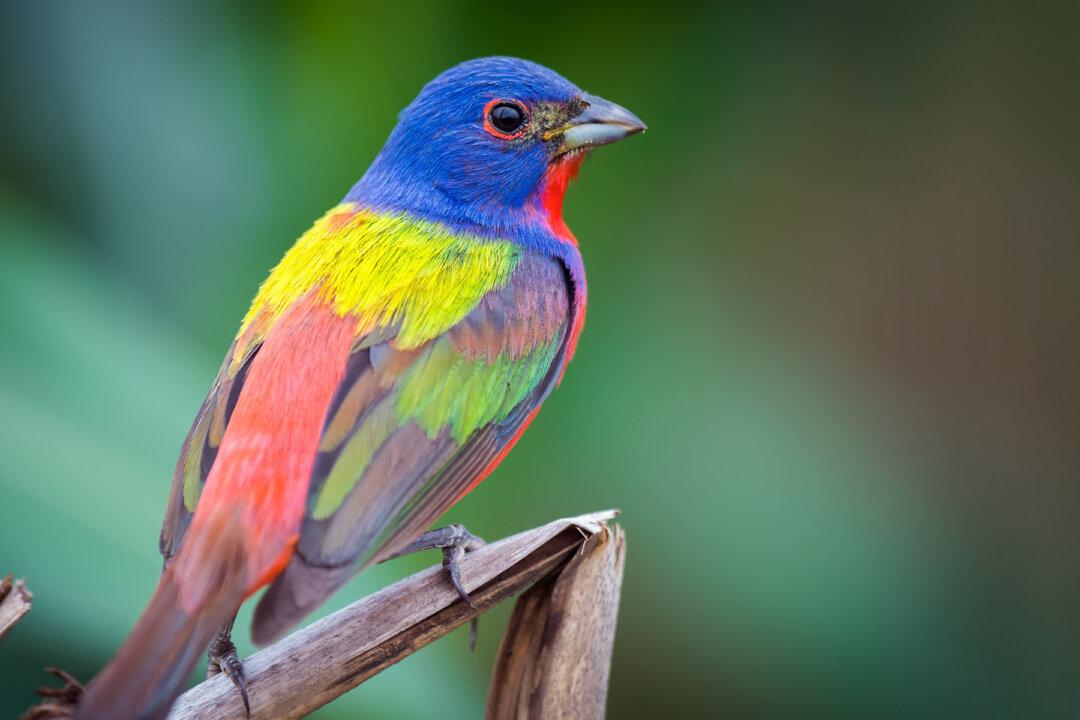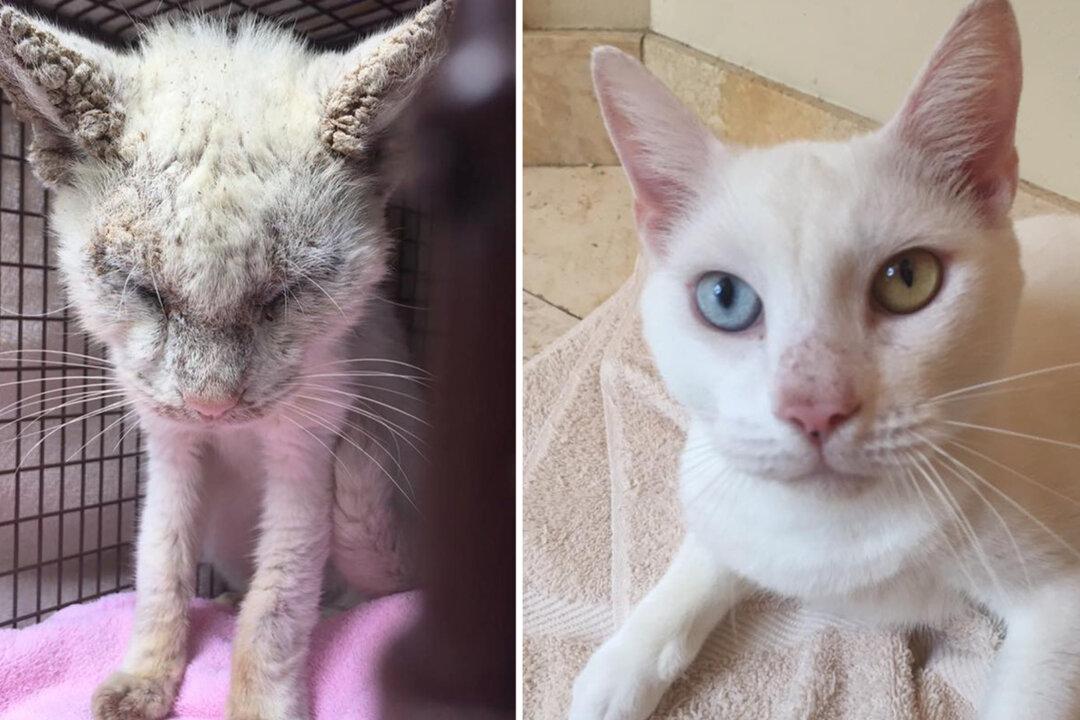Each year, backyard birdwatchers in the southeastern United States are thrilled by the arrival of a stunning, dazzling species of songbird that shows up during breeding season.
The painted bunting, a bird native to the southern regions of North and Central America, has been capturing the attention of bird enthusiasts for years due to the distinct, brilliant plumage that mature males display. While young males and all females are more of an overall green color—which is pretty enough on its own—male painted buntings over the age of 2 boast feather patterns made up of bright jewel tones that make them both hard to miss and easy to be delighted by.





